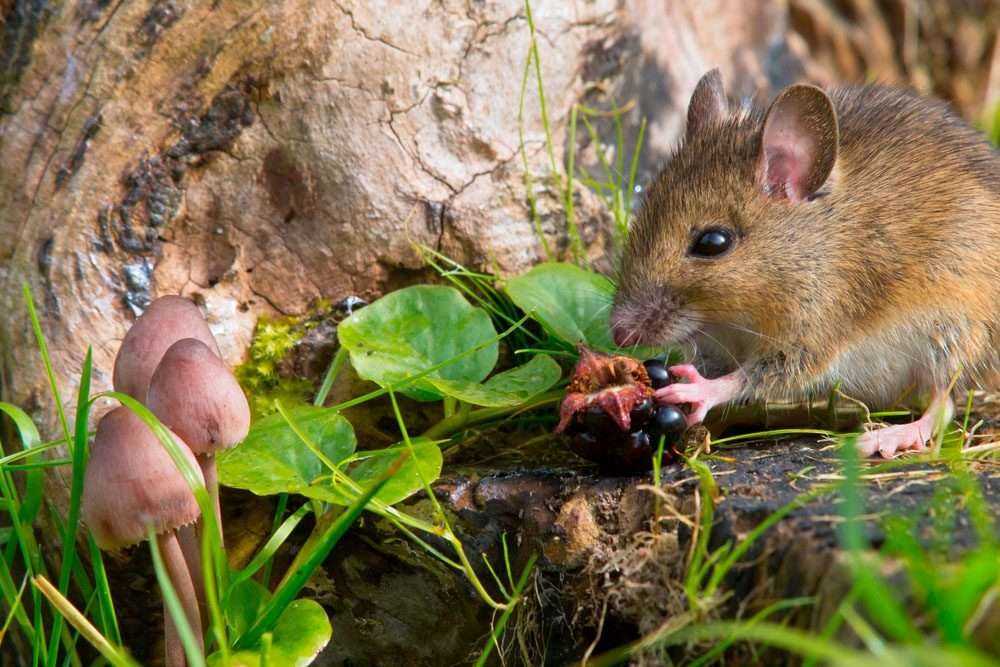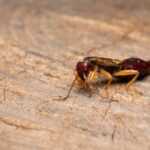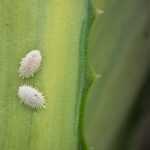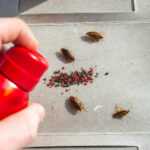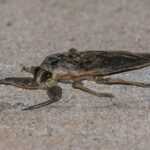It’s no secret that rodents like mice and rats will eat anything. But they love fruit! They are drawn to the smell and sweetness of fruit which is why fruit trees act as magnets to these small creatures. Fruit tree owners must be aware of this attraction and take preventive measures to protect their trees. This article will further discuss how to keep rodents away from your fruit trees, further preventing an infestation on your property.
Understanding the Attraction
Why Fruit Trees Attract Rodents
Fruit trees are a magnet for rodents due to the abundance of food they provide. Rodents, such as roof rats and Norway rats, are irresistibly drawn to the sweetness and smell of fruit, which serves as a primary source of nutrition for them. The aroma of ripening fruit can attract rodents from a surprising distance, making fruit trees an ideal target.
In addition to the food supply, fruit trees offer shelter and protection, creating a perfect environment for nesting and breeding. Low-hanging branches and drooping limbs make it easy for rodents to climb up and feast on the fruit. The consistent supply of fruit throughout the year ensures that rodents have a reliable food source, further increasing the likelihood of fruit trees attracting rodents.
Identifying Rodent Infestation
Signs of Rodent Infestation
Identifying a rodent infestation in fruit trees can be challenging, but there are several telltale signs to watch for. One of the most obvious indicators is the presence of rat droppings, which are typically banana-shaped and larger than mouse droppings. Rodents also leave behind teeth marks or holes in food boxes, fruit, and other materials.
Other signs of rodent infestation include:
- Gnaw marks on tree trunks, branches, and fruit
- Burrows or nests in the tree or surrounding areas
- Fruit that has been partially eaten or damaged
- Droppings or urine stains on the tree or surrounding areas
- Unusual noises, such as scratching or scurrying sounds, coming from the tree
Regular pruning and trimming of fruit trees can help prevent rodent infestations by reducing the number of hiding places and making it more difficult for rodents to access the fruit.
Keeping Roof Rats Away from Fruit Trees
Below are a few actions homeowners can take to help prevent roof rats, Norway rats, and house mice from destroying fruit trees and invading your yard. Using rat traps as a preventive measure can also be highly effective in protecting fruit trees from being damaged by these pests.
Regular Pruning and Trimming
Low-hanging branches that partially cover the base of the tree give tree rats easy access to your trees, while inadvertently covering them. Trim these drooping branches so they aren’t touching the ground. This will deter Norway rats from approaching your trees.
Pick Fallen Fruit Immediately
When rats and mice are looking for a home, they look for nest-building materials and food. Trees and fruit provide just that. And if you have ripened fruit littered across your property, rodents will not only be attracted to it, they’ll return for more. So keep an eye on your fruit trees and pick up all fallen fruit immediately. It’s also important to note, if the fruit is thrown in the trash, make sure the trash container is sealed shut so rodents don’t then target your trash. Additionally, store dog food in secure containers to avoid attracting rodents.
Strategically Space the Trees
Roof rats will scurry along branches that touch together, allowing them to run from tree to tree. If you haven’t planted your trees yet, keep enough space between them. In fact, depending on the type, fruit trees need about 15 to 30 feet between them. If your trees are already planted, you may consider uprooting one and relocating it. Keep in mind not to plant trees too close to your home, this will give roof rats access to it. Additionally, using snap traps baited with peanut butter can be an effective method to control rodent populations and protect your fruit crops.
Rat Guards on the Trunks
Rats are highly skilled climbers. They’re known to scale gutters and siding among other fixtures. Adding a rat guard at the base of your trees will keep them from climbing them. This consists of using sturdy plastic or sheets of metal wrapped around the trunk of your fruit trees. Additionally, rat snakes serve as natural predators that help control rodent populations, providing an effective biological control method.
Fruit Tree Selection
Choosing Rodent-Resistant Varieties
While no fruit tree is completely rodent-proof, some varieties are more resistant to rodent infestations than others. When selecting fruit trees, consider the following factors:
- Fruit size and type: Smaller fruit, such as citrus or berries, are less attractive to rodents than larger fruit, such as apples or pears.
- Fruit flavor and sweetness: Fruit with higher acidity or bitterness, such as lemons or limes, are less appealing to rodents than sweeter fruit, such as grapes or figs.
- Tree structure: Fruit trees with a more compact or upright growth habit, such as dwarf or semi-dwarf varieties, are less accessible to rodents than trees with a sprawling or weeping growth habit.
Some fruit tree varieties that are known to be less attractive to rodents include:
- Citrus trees, such as lemons, oranges, and grapefruits
- Apple trees, such as Granny Smith or Braeburn
- Pear trees, such as Bartlett or Anjou
- Peach trees, such as Red Haven or Crimson Lady
Keep in mind that even rodent-resistant varieties can still be susceptible to infestation if other factors, such as poor tree maintenance or nearby food sources, are present. Regular care and attention to your fruit trees are essential to minimize the risk of attracting rodents.
Rodent Control for Your Property
If you’ve tried these methods, or you suspect you have a rodent infestation, you may want to consider calling a professional. At PURCOR, our highly skilled exterminators will eliminate your rodent infestation for good. So contact us today to receive your free pest control quote!
"*" indicates required fields
"*" indicates required fields
